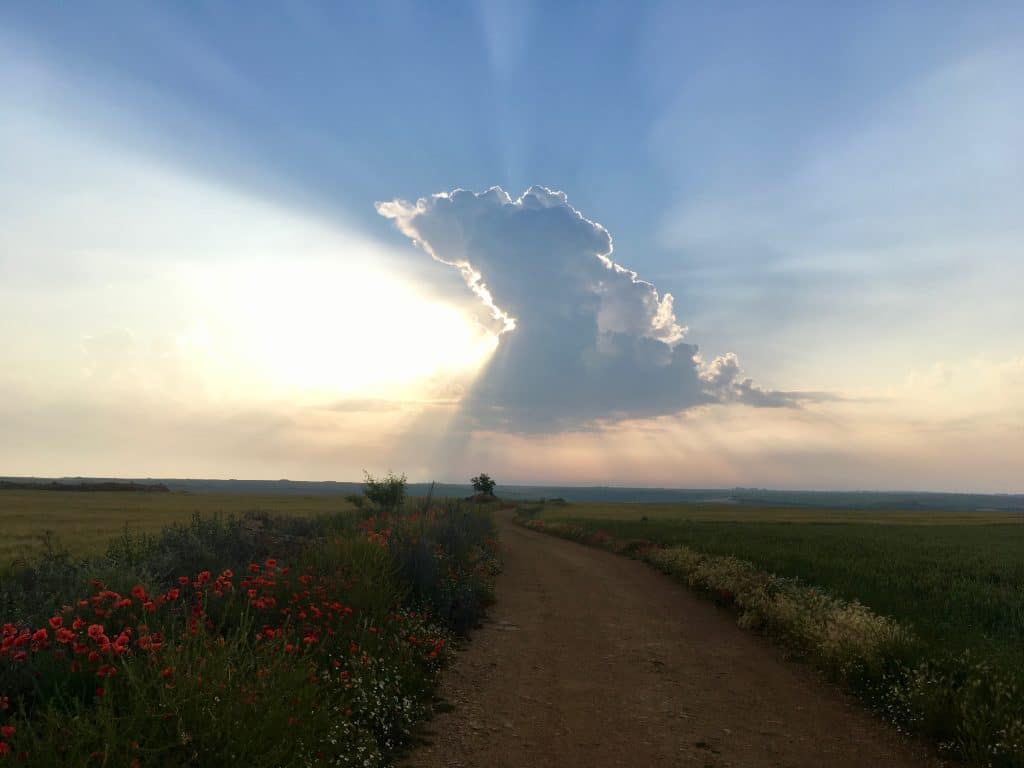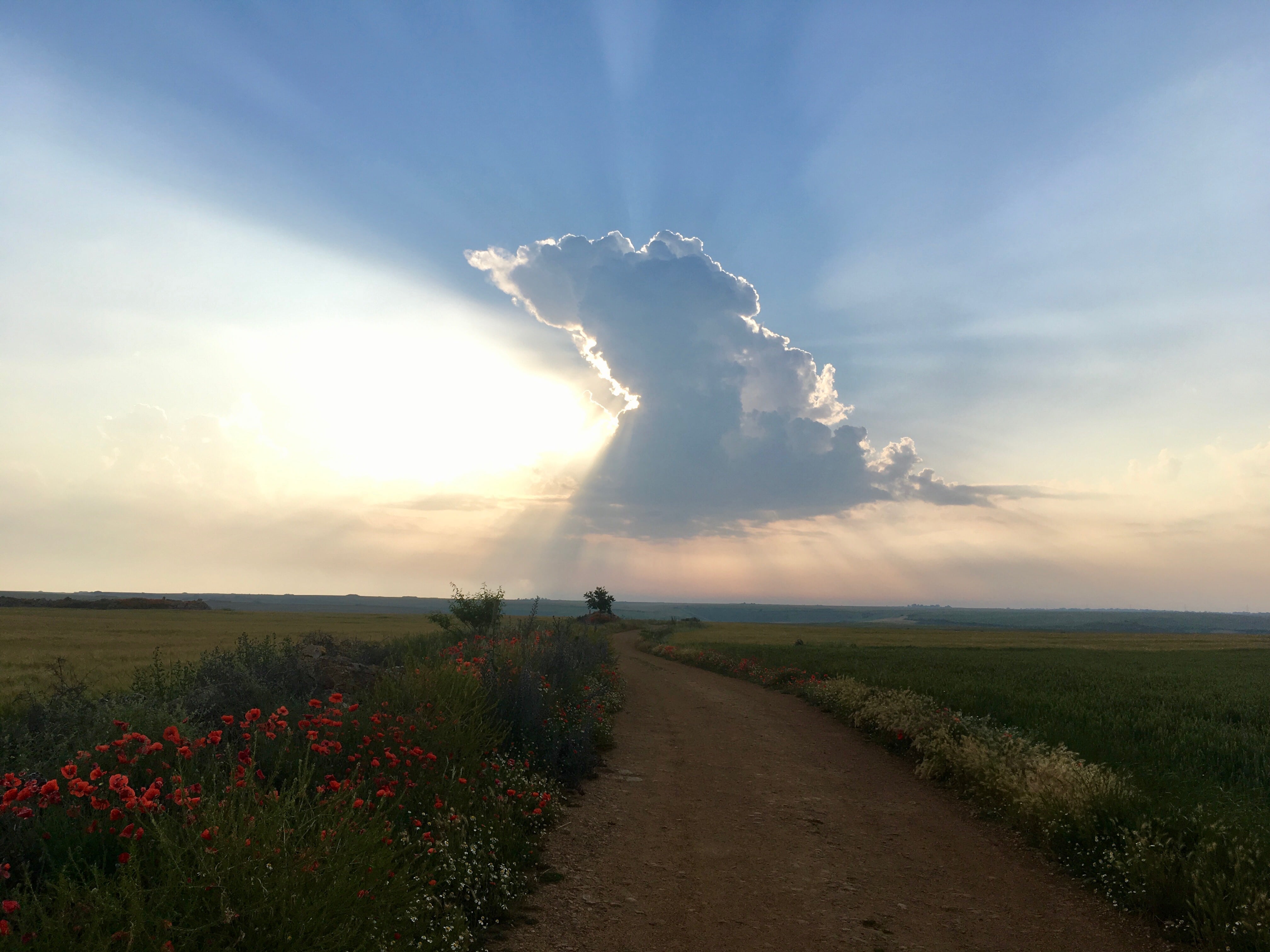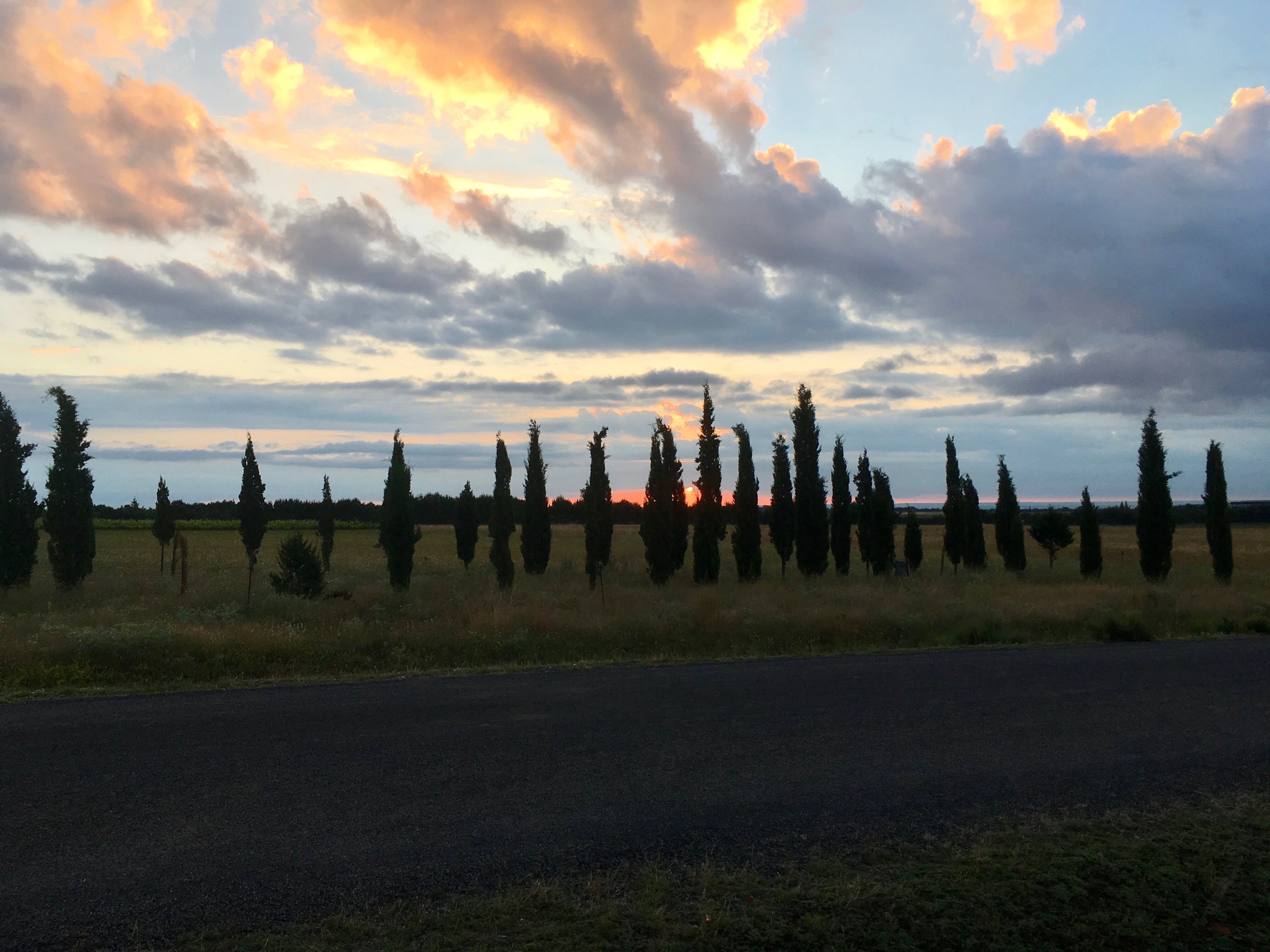Walking 600km across Spain was never something I imagined myself doing, but this past summer I found myself walking the Camino de Santiago. The Camino is an ancient pilgrimage trail with paths that criss cross throughout Europe and ends in the city of Santiago where St. James is buried. Pilgrims have been making the trip for centuries, and today people walk the trail for many reasons. Personally, I walked to reflect on a transition time in my life – I had just finished school and would be starting a full time job in a few months. I knew I wanted to take the time before working to travel before the responsibilities of real life chained me to one place. I especially wanted to do something that I would find meaningful for me to do in my 20s.
Planning a Camino can take a good amount of effort, and as a young solo female traveler, I felt that there were extra considerations for safety. These were the steps that I took to plan my trip, and I hope by sharing that others will be inspired to go on their own Camino as well.
 Hali’s Planning Guide to Walking the Camino de Santiago
Hali’s Planning Guide to Walking the Camino de Santiago
- Decide when you will walk and which route you want to take
My detailed guide: Choosing your route on the Camino de Santiago
The route that you take will depend on how much time you have and how much ground you plan to cover each day. The most popular route is the French Way, starting from St. Jean Pied de Port and taking 30-35 days. In order to qualify for a completion certificate, you must walk 100km by foot. This makes Sarria a popular starting point as well. - Purchase your flight/train tickets to your starting point
Walking the Camino de Santiago is a leap of faith – faith in yourself that you an walk the whole way, faith in life that circumstances will allow you to take the time for the trip. The quickest way to commit to the Camino is simply to make that leap and buy your plane tickets to Europe. - Plan a rough sketch of how far you want to walk each day
Some people I met on the Camino enjoyed a spontaneous trip without a big plan, but I found it helpful to sketch out my days so I would have an idea of how long I would have to walk and where I planned to stay each night. When I was actually on the trail, I used the plan as a guide and would change things around as needed. - Determine a training schedule (if necessary) and start trainingI truly believe anyone can walk the Camino no matter their age or physical fitness. Developing a training routine can help give you peace of mind and help build up your ability to walk many kilometers day after day. Personally, I did not train specifically for the Camino, but I did run/lift weights multiple times a week.
- Create a packing list and purchase gear
Since you’ll be carrying most of your gear on your back throughout the length of your Camino, it’s important to bring just the essentials. Of course, it’s also possible to pay to ship your bag ahead each day which can help with packing flexibility as well. - Make a plan to keep in touch with your loved onesOften, I find that we use our loved ones as excuses not to take big risks like walking the Camino. People worry that their families will need them during that time, or that their loved ones will worry about their safety. My parents were terrified just by the thought of me walking through Europe alone for month. Making a plan to keep in touch helped ease their minds and gave me the freedom to travel solo.
FAQ
Did you ever feel like you were in danger on the Camino?
I never truly felt like I was in danger on the Camino. I walked during the high season in June/July, and there was always a good amount of people in sight or behind me. When walking in and out of big cities, I would try and walk with other pilgrims.
There was one incident where I felt highly uncomfortable – a local man came up to me, touched my leg with his cane, and commented on how nice my legs looked. I walked away very quickly and was fortunate that he did not follow me.
How far did you walk each day?
I would walk anywhere from 20-35 km each day, at a pace of about 4 km/hr.
Did you carry all of your gear with you?
Yes, I carried everything I used during the Camino in my pack.
Is it possible to ship your bag ahead?
Yes, you can use the Correos Paq Mochila system to send your bag ahead each day for a few Euros. This will lock you into walking to a set destination that day, but can help relieve the pressure of having to carry your bag.
Is it possible to store luggage in Santiago?
I used Correos Paq Peregrino to ship a suitcase to Santiago, since I planned to do some traveling in Europe after my Camino. It cost about 40 Euros total. You can also ship and store your luggage with Ivar.
How heavy was your pack?
My pack was 12-14 pounds fully loaded with water and snacks.
Where did you stay at night?
I stayed at pilgrims hostels (albergues) along the way. Each night costs anywhere from 5-15 Euros.
Did you book in advance?
No, I enjoyed the flexibility of being able to choose how much to walk each day without a set end destination. I never had trouble finding a place to stay.
Is there food along the trail?
Yes, there are a number of cafes along the way. Many of the larger towns will also have grocery stores.
Is it possible to get lost on the trail?
The trail is marked by yellow arrows, and it is really quite hard to get lost. I would recommend downloading an offline map if you’re particularly directionally challenged, but the arrows provide clear and obvious guidance.
What’s the restroom situation like?
The cafes along the trails will also have restrooms. It’s polite to buy something if you’re planning to use the restroom. On longer stretches where there were no cafes, I would often pee on the side of the trail. A girl’s gotta do what she’s gotta do!
Were there problems with bed bugs?
I personally never encountered any bed bugs, but there were clear signs of bed bugs at a number of albergues that I stayed at, and other pilgrims told me that they had run into bed bugs before. I would suggest bringing a treated liner and treating your bag to prevent bed bugs. At the end of my trip, I dried all my things at high heat to torch any nasty critters that might be lurking about.
Did the Camino change your life?
I don’t really believe in life-altering experiences – I think our everyday choices are far more important to how the course of our life plays. But, walking the Camino did show me a side of myself I had never met before and gave me an experience I’ll never be able to replicate. At the very least, my view of the world shifted a few degrees.
The Camino was an experience that I will deeply treasure. If you’re interested in walking, I’ll be releasing follow-up posts to go into detail on my planning, packing, and traveling tips. Buon Camino!


 Hali’s Planning Guide to Walking the Camino de Santiago
Hali’s Planning Guide to Walking the Camino de Santiago
I did the last 100k of the Camino de Santiago a few years ago and it was truly one of the best experiences of my life! Thanks for sharing your thoughts 🙂
Great to meet another Peregrina! I hope someday I’ll be able to walk the Camino again 🙂
Pingback: Choosing your route on the Camino de Santiago – Halicopter Away
Pingback: How to prepare for your first backpacking trip – Halicopter Away